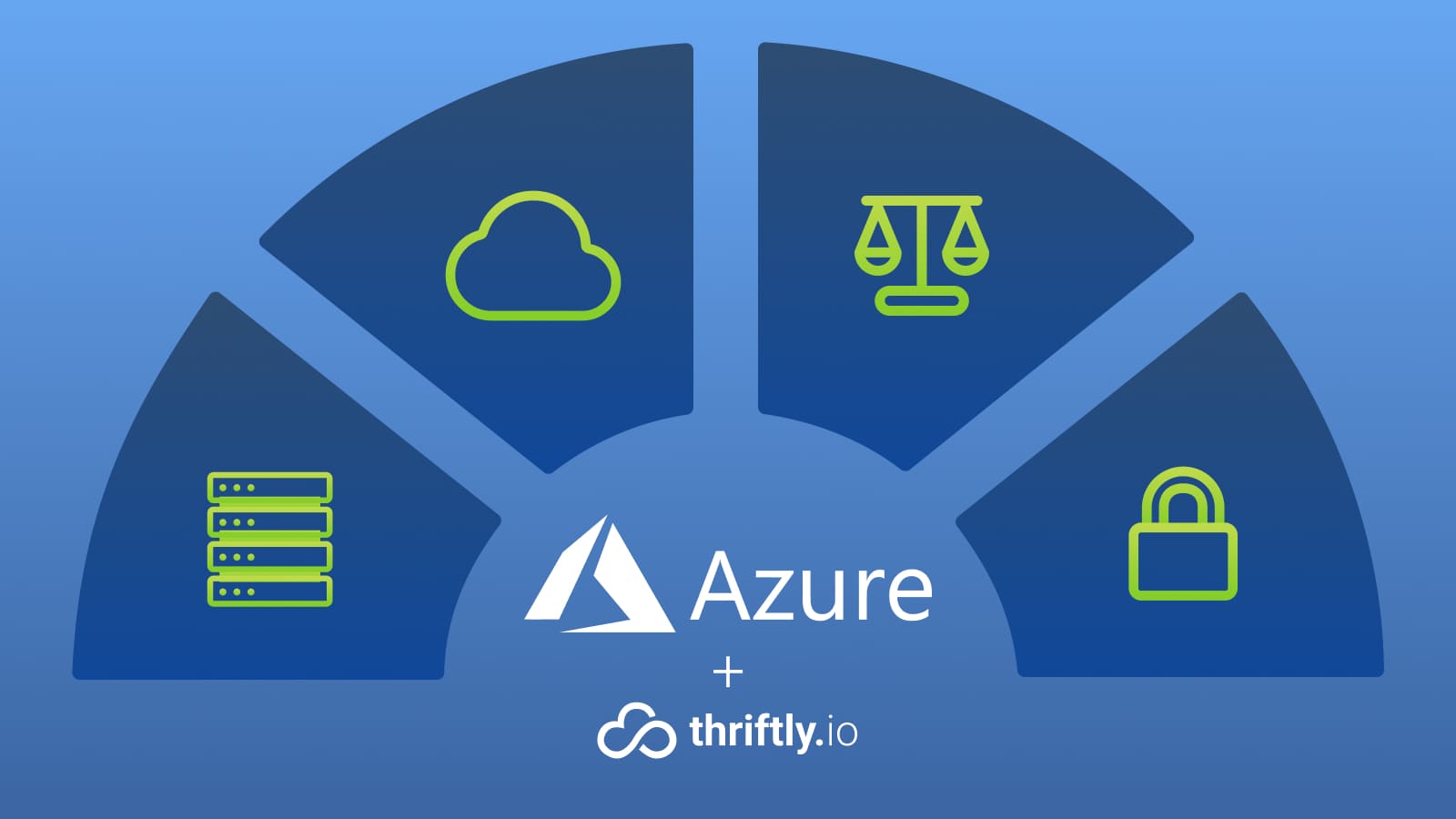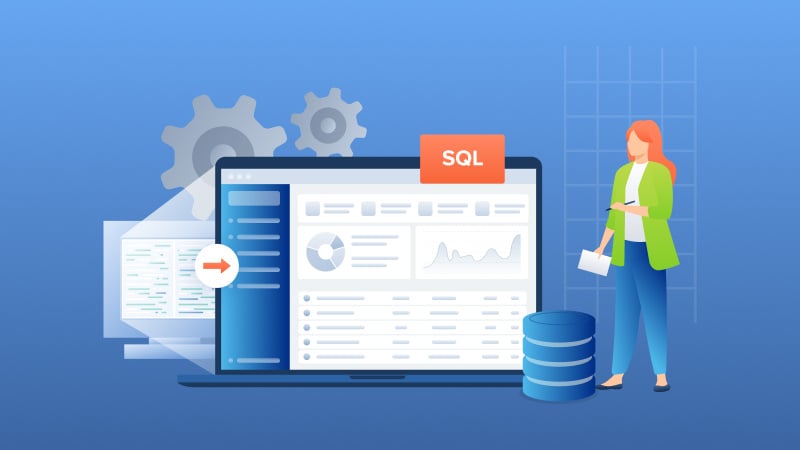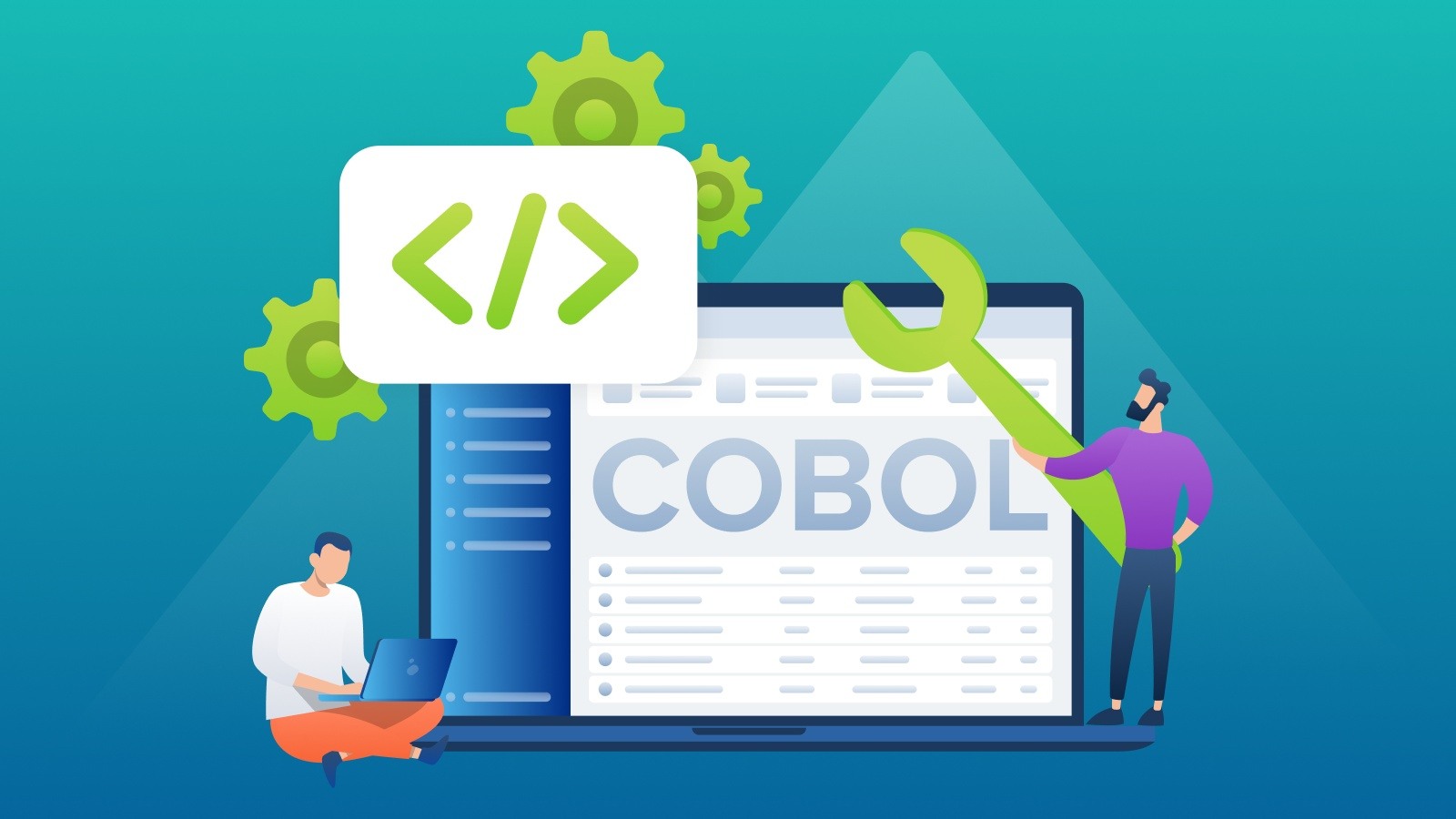Why Migrate from Btrieve to PostgreSQL and other Relational Databases?
Introduction Many independent software vendors (ISV) and corporate users still rely on applications that use a category of database collective called...
9 min read
 Mertech
:
Feb 15, 2024 6:31:00 PM
Mertech
:
Feb 15, 2024 6:31:00 PM

Did you know that the global application modernization market is projected to reach a staggering $21.58 billion in 2024?
That's due to the increasing number of Independent Software Vendors, SaaS owners, and other businesses flocking to modernize their applications.
This comes as no surprise given how the benefits of app modernization are numerous, from helping organizations break free from the shackles of outdated technology to reducing maintenance costs and boosting agility.
If you're planning a hybrid cloud migration or cloud-native modernization, Microsoft Azure is on your list of possible cloud service candidates.
But what makes Azure stand out from competitors, and is it the right fit for you?
Join us as we explore how Azure application modernization can reshape your business, the tools it offers, its pros, cons, and more.
Microsoft Azure is one of the most popular public cloud computing platforms.
But what does cloud computing entail exactly?
Cloud gives you access to many computing resources that enhance your applications. With Azure's advanced tools and services, you can seamlessly modernize your applications to achieve better performance, enhance scalability, and embrace cutting-edge features.
Modernization isn't a one-size-fits-all endeavor. Instead, it's a tailored transformation that aligns with your unique needs and goals. For this purpose, you can approach modernization with Azure in three different ways:
This cloud migration approach ("Lift and Shift ") involves moving existing applications to Azure's cloud infrastructure.
This means all building blocks of your applications stay the same, but instead of being stored on-site, they are migrated to the Cloud. This allows your application to function as before, with the only difference being that now it operates within the robust Azure ecosystem.
Suitable For:
Lift & Shift to Azure's Infrastructure as a Service is ideal if you aim for a quick migration with minimum disturbances to your daily operations and no significant code changes.
In this case scenario, you can fully fine-tune your applications to leverage Azure's capabilities by utilizing containers, database-as-a-service, and other cloud technologies.
This way, your applications are optimized to run efficiently in the Cloud, taking advantage of Azure's features like auto-scaling, AI integration, and more.
Suitable For:
Cloud optimization on Azure is a great option if you're looking to enhance your applications without extensive code rewrites. It can further improve your scalability, integration with cloud services, and performance through containerization and cloud-managed services.
For those ready to embrace the future, this approach involves building entirely new applications in Azure designed from the ground up.
Cloud-native applications are born to thrive in the Cloud, utilizing Azure's cutting-edge services, microservices architecture, and DevOps practices.
Suitable For:
Cloud-native transformation with Azure's Platform as a Service (PaaS) is tailored for businesses that want to fully utilize cloud-native capabilities. This can further unleash unparalleled scalability and agility and streamline your development and deployment processes.
The Azure cloud offers powerful application modernization architecture, enabling you to harness the full potential of your software.
Here are the key concepts and considerations you should be aware of when architecting your apps on the Azure Cloud:
When it comes to application modernization, scalability is a paramount concern. Azure provides several options for scaling your applications seamlessly, including:
Whether you're anticipating increased user demand or planning for future growth, Azure's auto-scaling features ensure your applications can handle the load.
For example, Azure Autoscale allows you to define scaling rules based on various metrics, such as CPU usage or request rates. When these metrics cross predefined thresholds, Azure automatically adjusts the resources allocated to your application, ensuring optimal performance.
SPFs (single points of failure) are critical system components. If they fail, they prevent the entire system from operating.
The bad news?
SPFs often lurk in unnoticeable until it's too late, leading to outages even in the most robust setups. Their elusive nature requires thorough documentation and interdisciplinary collaboration to mitigate.
To minimize the risk of running into an SPF, you can diversify connections and implement failover mechanisms. The Azure Security Center also provides advanced threat protection across all your Azure resources. It helps you detect and respond to potential security threats, ensuring the safety of your modernized applications.
Customizing products to match multiple tenants' branding requirements, including logos and URLs, adds complexity to SaaS offerings.
Moreover, accommodating large clients demanding dedicated hardware further complicates the multi-tenant landscape. Integration with other software via webhooks becomes intricate, particularly in combination with white labeling and dedicated hosting obligations.
Offering service level agreements (SLAs) with monetary guarantees and devising sustainable growth strategies are crucial for profitability.
For applications designed to serve multiple tenants, Azure Application Gateway offers a comprehensive solution that streamlines and manages all these complexities.
Azure Application Gateway acts as a web traffic load balancer, routing requests to the appropriate backend services. It surpasses traditional load balancers by operating at the application layer.
The load balancer not only distributes traffic based on server availability but also incorporates intelligent routing mechanisms like URL routing, which is essential for multi-tenant setups. Additionally, it functions as a web application firewall, bolstering security with customizable rule sets.
With features like auto-scaling and health checks, it ensures high availability and performance optimization.
Moreover, Azure Application Gateway offers insights through comprehensive metrics, facilitating informed decision-making for optimizing gateway usage.
Choosing an appropriate database setup is crucial, as rectifying misconfigurations can be challenging.
Luckily, Azure provides a plethora of database solutions, recognizing the nuanced requirements of different applications.
While Azure SQL Database offers dynamic scalability for relational databases, businesses demanding more control may opt for SQL Server or PostgreSQL on a VM.
Azure SQL Managed Instance pools introduce flexibility, allowing varied database sizes within a single pool purchase. This innovation caters to businesses lacking dedicated database expertise.
Furthermore, Azure supports high-availability setups and accommodates complementary services like NoSQL databases, optimizing application performance and scalability.
Check out our video guide presented by our expert director of engineering, where we walk you through an example process of handling the intricacies of Azure application modernization.
Azure application modernization entails more than just moving your applications to the Cloud—it involves organizational change, process transformation, and technological evolution.
Here are the three main phases of the process:
At this stage, you should establish common goals, articulate the business case for modernization, and assess your current environment.
By fostering alignment and clarity from the outset, you lay the groundwork for the successful adoption of Azure technologies, ensuring that every step forward contributes to your organization's growth and resilience.
Here, you should focus on adopting modern Azure services to migrate, refactor, or re-architect your applications, leveraging the full potential of cloud-native technologies. Also, if any of your initial goals and objectives have changed, this is the right time to reiterate and adjust your application modernization strategy.
Ensure robust security measures are in place from the start, integrating them seamlessly into your modernized architecture. By embracing innovation and security hand in hand, you pave the way for sustainable growth and agility in the Cloud.
The operation phase marks the beginning of a new era where your modernized applications thrive in the Azure ecosystem.
Implement effective governance frameworks to manage resources efficiently and maintain compliance standards. You should also continuously optimize your Azure environment to drive cost savings, enhance performance, and meet evolving business needs.
Before initiating an application modernization on Azure Cloud, you should be aware of the platform's main pros and cons:
Azure provides a plethora of advanced technologies that help streamline business operations, optimize performance, and eliminate bottlenecks.
Here are the most essential tools, services, and features you should know of before jumping on the Azure data modernization bandwagon:
Azure's tools can speed up app development and improve overall user experience. Let's take a closer look:
Azure Cosmos DB is a fully managed, globally distributed database service that supports various data models, including document, key-value, graph, and column family.
With single-digit millisecond latency at the 99th percentile, it ensures high-performance data access from anywhere in the world.
Developers can seamlessly scale throughput and storage and leverage APIs compatible with:
API management simplifies the process of creating, publishing, managing, and securing APIs at any scale. It provides a unified platform for designing consistent API strategies, ensuring security with policies like:
Additionally, it offers analytics and monitoring tools to track API usage and performance, facilitating data-driven decision-making.
Azure AD Services offer comprehensive identity and access management solutions for cloud-native and hybrid environments.
It provides robust data and app protection features like:
Azure AD integrates seamlessly with thousands of SaaS applications and on-premises systems, enabling centralized user management and security policies.
Azure Backup is a cloud-based backup solution that protects data across hybrid environments, including virtual machines, databases, and files.
To minimize data loss and downtime, it offers:
With built-in encryption and compliance certifications, Azure Backup ensures data security and regulatory compliance.
Arc extends Azure's management and services to any infrastructure, enabling organizations to build and run applications consistently across on-premises, multi-cloud, and edge environments.
It provides a unified management experience with features like policy enforcement, governance, and monitoring.
Azure Arc also enables:
Azure Web Application Firewall (WAF) is a cloud-native security solution that protects web applications from common threats and vulnerabilities. It offers:
With seamless integration with Azure Application Gateway, Azure WAF provides advanced protection and visibility for web applications, ensuring continuous security and compliance.
Some of Azure's advanced features include:
Azure Functions enables you to execute code in response to events without the need to manage server infrastructure.
By writing small, focused functions, developers can build applications with reduced overhead and costs. Azure Functions scale automatically to accommodate fluctuating workloads, allowing for efficient resource utilization and increased agility in application development.
Containerization simplifies the deployment process and enables efficient resource utilization. Azure Container Instances and Azure Kubernetes Service provide robust solutions for deploying and managing containerized applications.
This enables you to encapsulate applications and their dependencies in containers, leading to greater consistency, portability, and scalability.
Azure offers comprehensive support for DevOps practices, allowing you to streamline the software development lifecycle.
Azure DevOps provides a suite of tools for version control, continuous integration, automated testing, and continuous delivery. Automating deployment pipelines and integrating with popular development frameworks empowers teams to deliver high-quality software faster and more efficiently.
Azure supports a wide range of programming languages and frameworks, including:
This enables it to host web applications, APIs, and mobile backends, regardless of the technology stack used.
The result?
You can modernize your applications using your preferred languages and frameworks without being limited by platform constraints.
Azure Load Balancer distributes incoming network traffic across multiple backend servers or resources to ensure high availability and scalability.
Operating at layer 4 of the OSI model, Azure Load Balancer efficiently routes traffic based on configured rules and health probes. The evenly distributed workload and automatically scaled resources improve application performance and reliability.
Azure App Service offers a fully managed platform for hosting web applications, REST APIs, and mobile backends. With App Service, organizations can deploy and scale applications without the need to manage underlying infrastructure.
Azure takes care of provisioning, configuring, and scaling the platform, allowing developers to focus on building and delivering value. This accelerates application modernization and enables faster time-to-market.
Case Study: Building Cloud API platform with Thriftly and Microsoft Azure
Freight Management Systems (FMS) partnered with Mertech to modernize their transportation management systems using the Thriftly.io platform and Microsoft Azure. By leveraging Thriftly's API development platform and Azure's capabilities, FMS transformed its functions into secure web APIs, enabling rapid cloud deployment while supporting existing Windows customers.
Modernizing applications on Azure enables a seamless transition to the Cloud, driving innovation and scalability while optimizing costs and enhancing security.
Partner with Mertech and leverage our application modernization services to unlock the full potential of the cloud and accelerate your digital transformation journey.

Introduction Many independent software vendors (ISV) and corporate users still rely on applications that use a category of database collective called...

COBOL applications are the foundation of numerous essential business functions, especially within the banking, insurance, and government sectors....

Imagine breaking free from the constraints of old, monolithic systems and embracing the agility and innovation of cloud-based solutions.